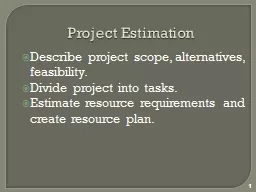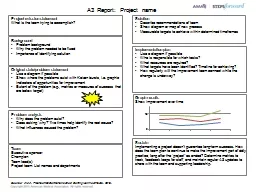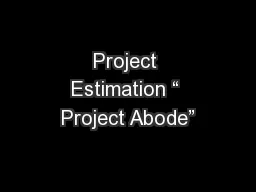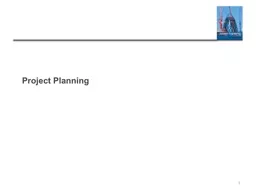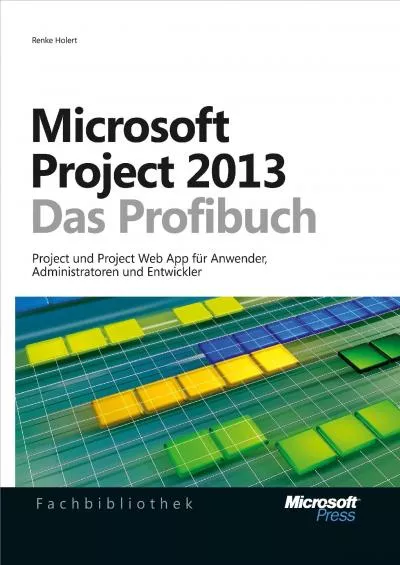PPT-ReWBC project
Author : kittie-lecroy | Published Date : 2017-03-25
as a tool in development of HR Strategy for Researchers Prof dr Miroslav Trajanović University of Ni š Bridgehead of Serbian EURAXESS Network Erasmus project
Presentation Embed Code
Download Presentation
Download Presentation The PPT/PDF document "ReWBC project" is the property of its rightful owner. Permission is granted to download and print the materials on this website for personal, non-commercial use only, and to display it on your personal computer provided you do not modify the materials and that you retain all copyright notices contained in the materials. By downloading content from our website, you accept the terms of this agreement.
ReWBC project: Transcript
Download Rules Of Document
"ReWBC project"The content belongs to its owner. You may download and print it for personal use, without modification, and keep all copyright notices. By downloading, you agree to these terms.
Related Documents

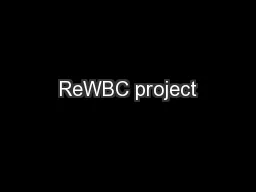
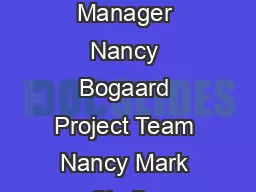
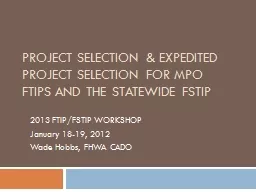
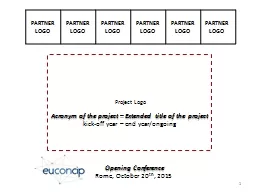

![[Insert Project Name] Project Baseline Review (PBR)](https://thumbs.docslides.com/683202/insert-project-name-project-baseline-review-pbr.jpg)


